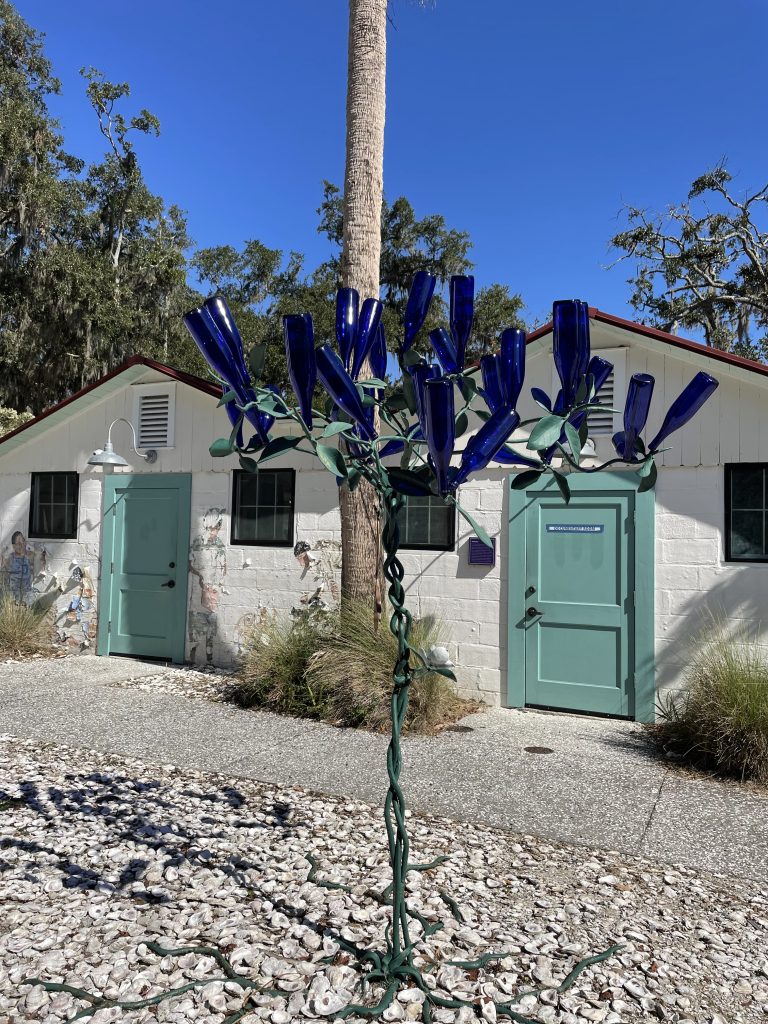
The Pin Point Heritage Museum in Pin Point, Georgia, (outside of Savannah) is housed in an old oyster cannery, and is dedicated to the Gullah-Geechee culture that lived and worked here for nearly a century.
The community formed after the Civil War, when formerly enslaved people settled here starting in 1890. The site had been the 600-acre Beaulieu Plantation, which was seized for debt after the war. The lots here were considered undesirable, which is why they were made available to the formerly enslaved people.
The relative isolation of the group meant that they formed their own culture in language, food and customs. The Gullah-Geechee Cultural Heritage Corridor extends from southern North Carolina down to northern Florida. We also saw remnants of this community when we toured the Hofwyl-Broadfield Plantation.
The Gullah language is an “English-based, Afro-Indigenous creole language” and today only 300 native speakers remain, with about 5,000 semi-speakers.
At this particular site, many members of the community worked at the A.S. Varn & Son Oyster and Crab Factory, which was the main source of employment until it closed in 1985 due to a decline in the crab and oyster population. About 300 residents still remain in the community.
The museum includes a film which focuses more on the people than the oyster and crab factory it is situated in.
The film is “Take Me to the Water: The Story of Pin Point”, and you can watch it on YouTube, if you’re interested.
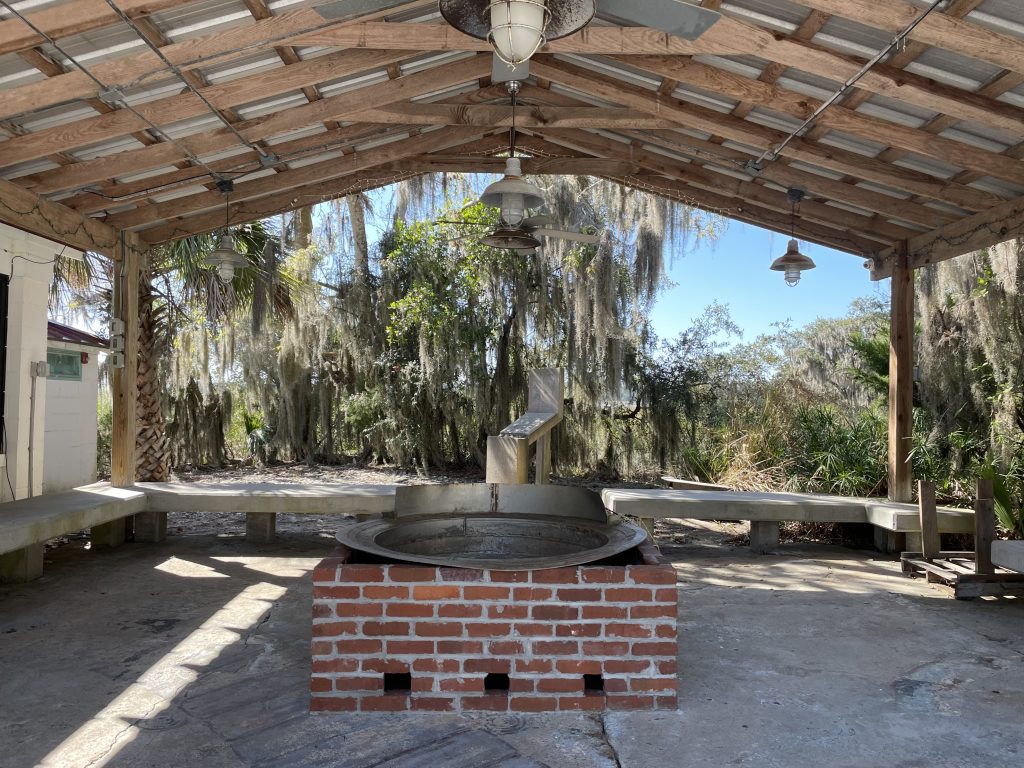
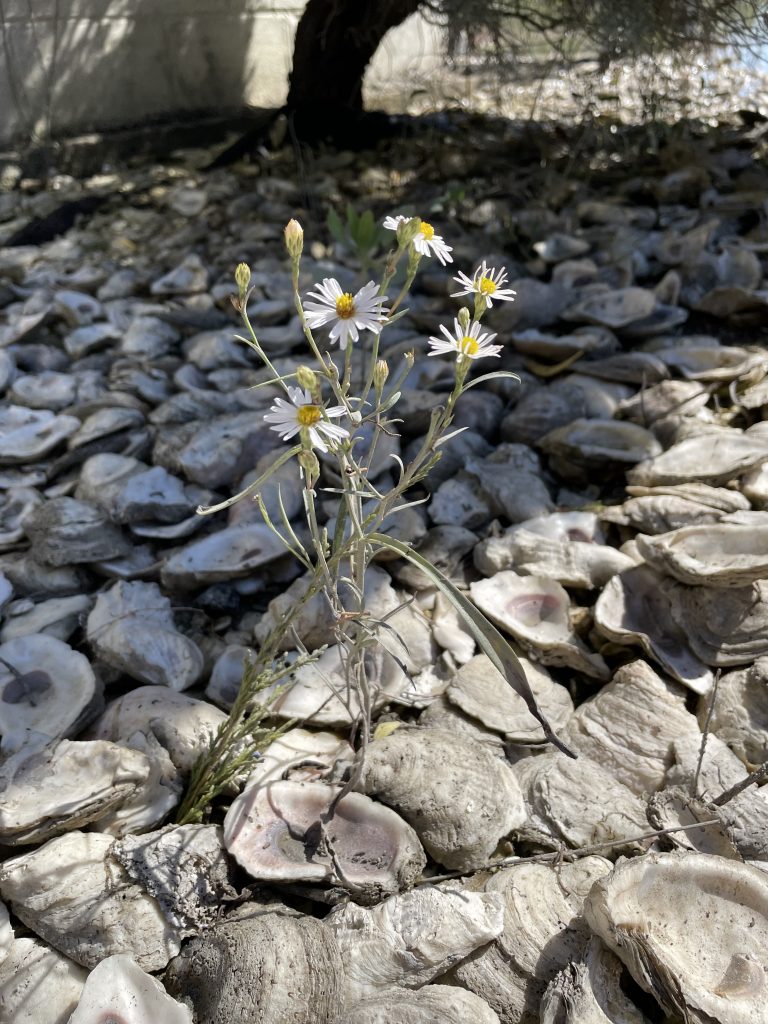
One claim to fame of Pin Point is that it is the birthplace of U.S. Supreme Court Justice Clarence Thomas, who is a native speaker of Gullah.
Thomas has attributed his perennial silence on the Supreme Court to his self-consciousness experienced when speaking in an all-white school as a teenager, where classmates made fun of him for not speaking “standard English.”
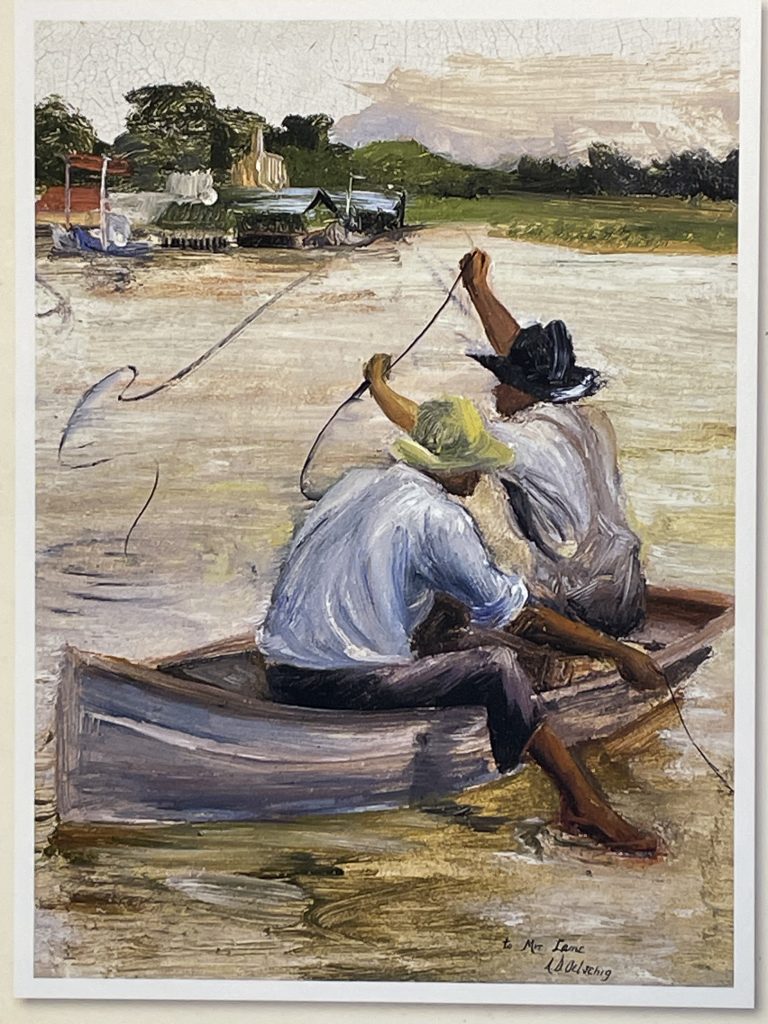

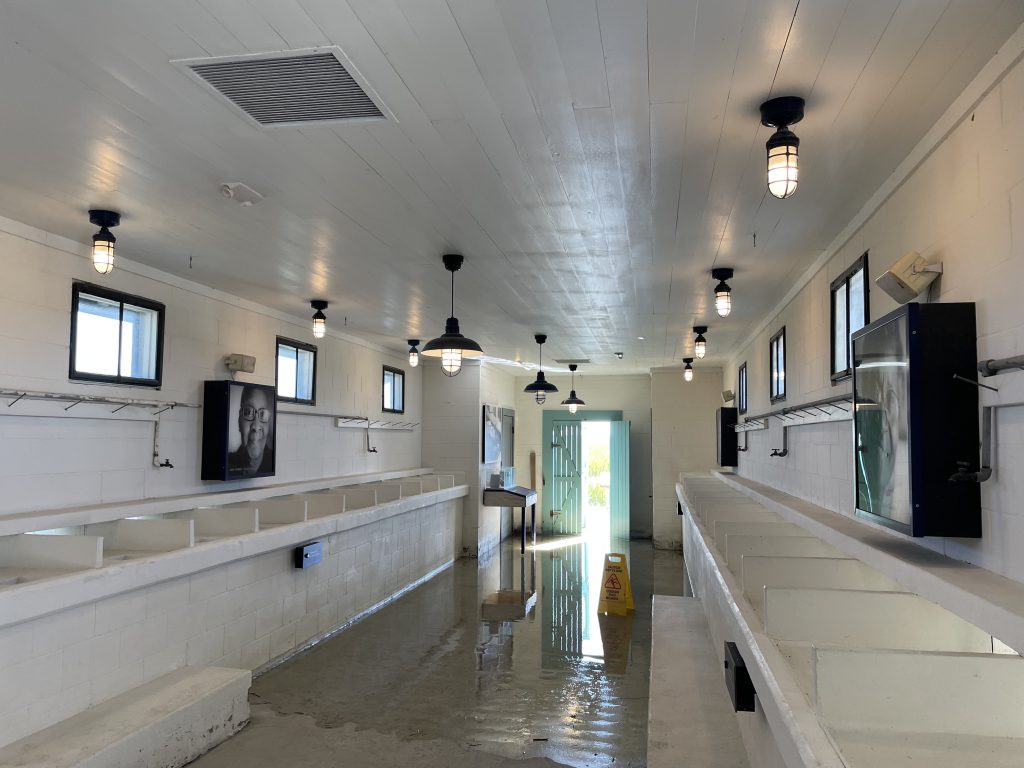
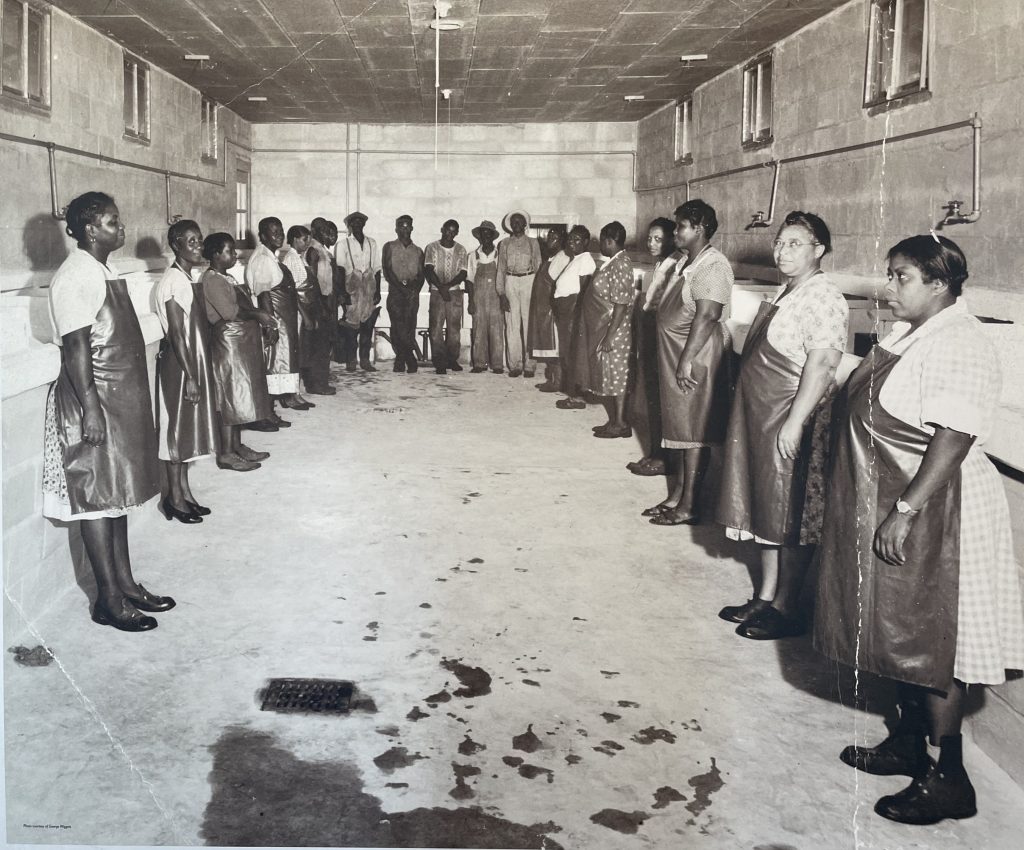
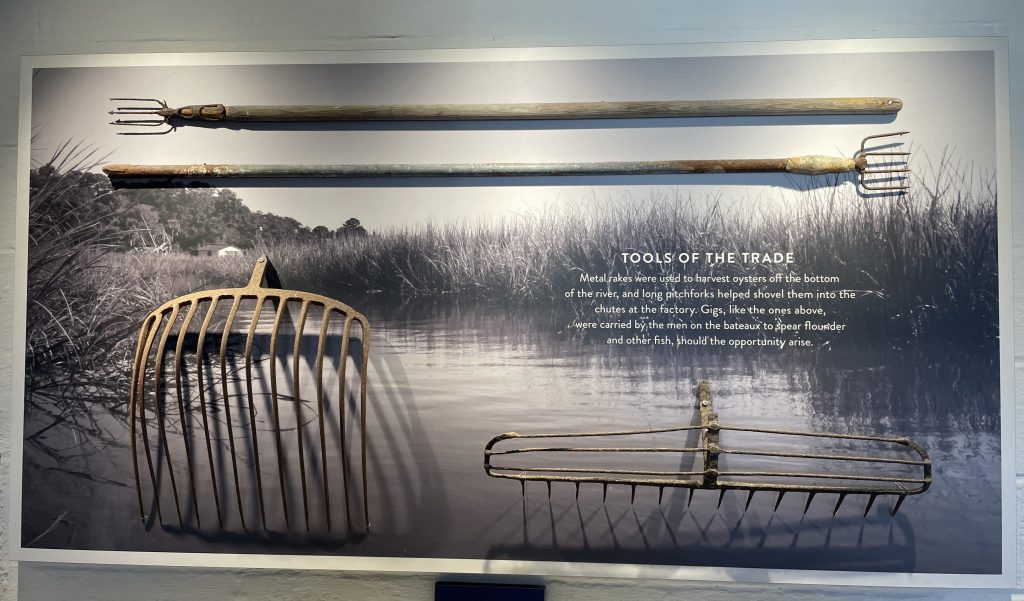

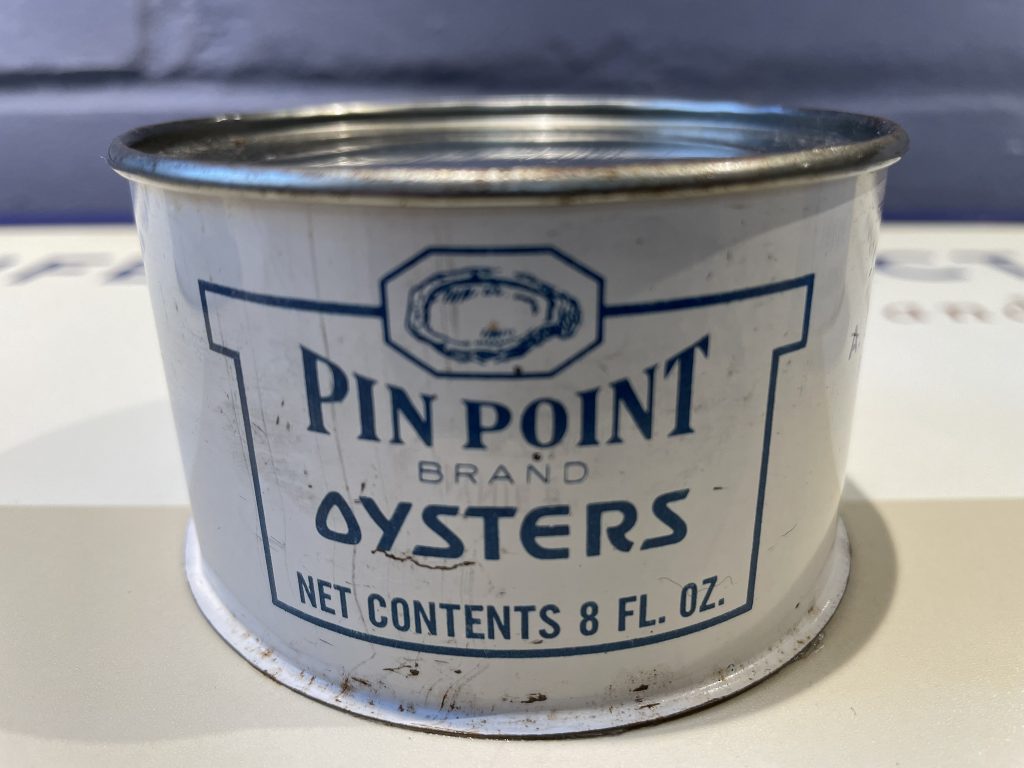
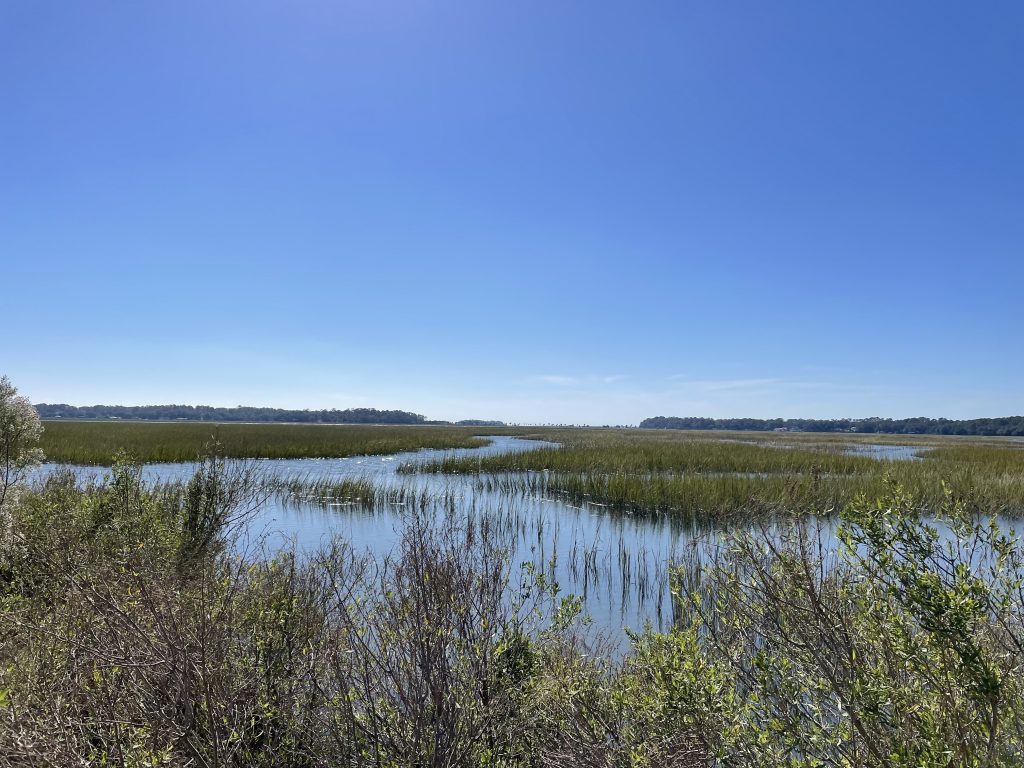
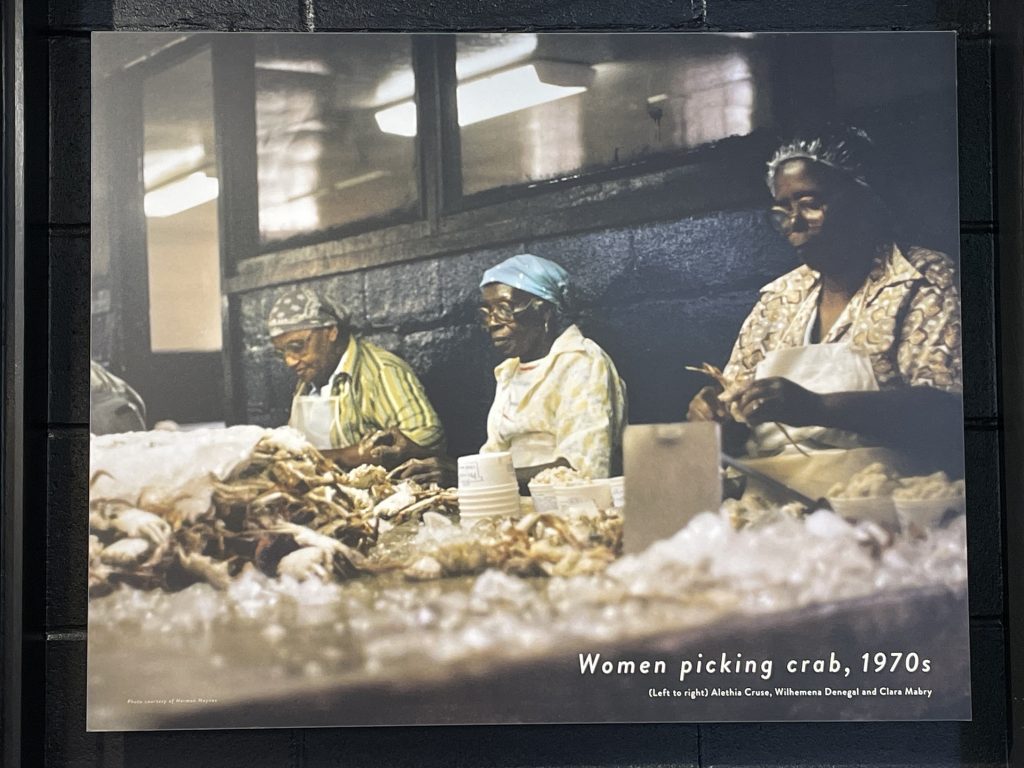





2 thoughts on “Pin Point Heritage Museum”